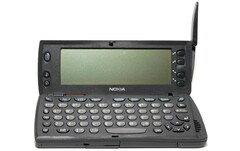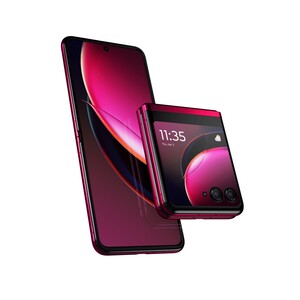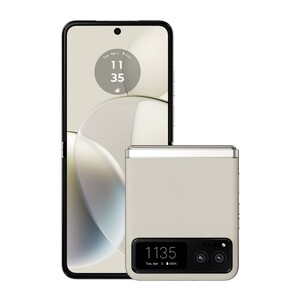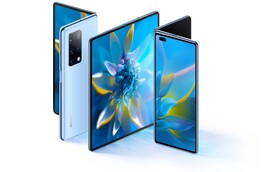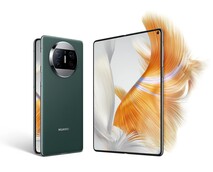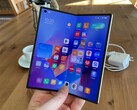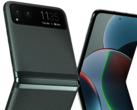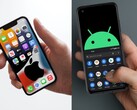When we hear the words "foldable phone", we immediately think of the Samsung Galaxy Z Flip series, or the Moto Razr, and Huawei Mate X. Before these phones came along, Nokia pioneered the concept of foldables in its heyday. But now, every mobile phone maker wants to do something unique with their foldable phone.
For nearly a decade, these phones have struggled to gain traction in the market and are still having some difficulty to gain popular acceptance. Companies are churning out new versions to meet the small but dedicated fanbase, which accounts for only 2% of all mobile users.
In the early days, foldable phones were fragile and widely expensive with frames that shattered, hinges that cracked and screens that peeled off from the frame. Foldables have matured since then but have persisted in their reputation as novelty gadgets. They have evolved with new technology, coming with enhanced features and beefier builds. Two of the most popular models are the Samsung Galaxy Z Fold 4 and Galaxy Z Flip 4 (available on Amazon), with prices ranging from US$1,000 to US$1,800.
Pros and Cons:
Foldables are no doubt a significant development in the tech industry, but they come with their own advantages and drawbacks. Some of the pros and cons are as follows.
Pros
1) Versatility and portability:
One of the most appealing features of foldables is their ability to function as both a phone and a tablet without the need of separate devices. When folded in half, it can fit in a pocket or bag, making it ideal for on-the-go use.
2) Novelty and prestige:
Foldable phones usually feature cutting-edge technology. This could be the presence of the super-thin Corning Gorilla Glass that is ultra flexible. Or a finely crafted spine or hinge that allows you to open and close your phone with ease. Because of a foldable smartphone's distinctive appearance, owning one will help make you stand out in a crowd.
Cons:
1) High Cost and durability issues:
The latest technology, well-crafted design, and innovative procedures contribute to hefty price tags for foldables compared to standard cellphones. The delicate folding mechanism and display necessitate cautious handling, and foldables are still more prone to breakage.
2) App compatibility:
Having a wide screen necessitates specific app optimization, but not all apps have been properly optimized yet. As a result, many apps do not use the entire screen, which has an impact on functionality and content display.
Despite early setbacks, foldables have come a long way. It will be interesting to see how technology evolves and shapes the future of cellphones in the coming years. However, foldable phones may even become as uninteresting as many regular phones are nowadays.
Source(s)
Own




